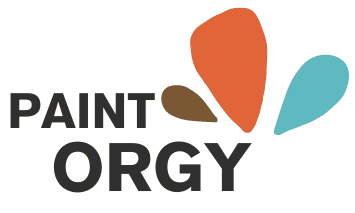In an era defined by climate change, resource scarcity, and social inequality, the global conversation has shifted toward sustainability—not just in the environment, but in economics. Traditional models of growth are being re-evaluated through the lens of long-term well-being, prompting economists and policymakers to ask: How can nations thrive economically without sacrificing the planet and future generations?
The answer lies in integrating economics and macroeconomics with sustainable development principles—creating systems that balance growth, equity, and environmental responsibility.
Understanding Economics and Macroeconomics
Economics is the study of how individuals, businesses, and governments allocate scarce resources. It’s about decision-making, trade-offs, and maximizing value.
Macroeconomics, a branch of economics, focuses on the big picture—national and global economic trends. It examines:
- Gross Domestic Product (GDP)
- Employment and unemployment rates
- Inflation and price stability
- Fiscal and monetary policy
- International trade and finance
To create sustainable systems, both individual (micro) and collective (macro) economic behaviors must align with goals that ensure longevity and resilience.
The Shift Toward Sustainable Economics
For decades, GDP growth was the primary goal of macroeconomic policy. However, a singular focus on growth can lead to overconsumption, pollution, and inequality. Sustainable economics challenges this by emphasizing:
- Environmental protection
- Equitable wealth distribution
- Efficient resource use
- Long-term societal well-being
Nations are now exploring green economics, circular economies, and inclusive development models that benefit both people and the planet.
Macroeconomic Policies for Sustainability
- Green Fiscal Policies
Governments can implement taxes on carbon emissions and pollution while subsidizing clean energy, eco-friendly infrastructure, and sustainable agriculture. - Sustainable Monetary Policy
Central banks can prioritize financial stability by investing in green bonds and aligning monetary strategies with climate goals. - Investment in Human Capital
Education, healthcare, and job training ensure inclusive economic participation and reduce social inequalities. - Diversified Economies
Relying too heavily on fossil fuels or a single sector can make countries vulnerable. A diverse economy built on sustainable industries offers long-term resilience. - Global Cooperation
Climate change and poverty transcend borders. International trade, aid, and environmental agreements (like the Paris Agreement) require nations to work together for a shared future.
Challenges to Sustainable Economic Policies
- Short-term political cycles often clash with long-term sustainability goals.
- Developing countries face pressure to grow quickly, sometimes at the cost of environmental degradation.
- Inequitable globalization can marginalize vulnerable populations and concentrate wealth.
Overcoming these challenges requires leadership, innovation, and public engagement rooted in evidence-based macroeconomic planning.
The Role of Individuals and Local Economies
While macroeconomics guides national policy, grassroots economics and community-level decisions are equally vital. Supporting local businesses, reducing waste, conserving energy, and advocating for sustainable policies create a bottom-up push for change.
Education in economic literacy can also empower citizens to understand how their governments manage resources, taxation, and development.
A sustainable future hinges on rethinking economics and macroeconomics. It’s about recognizing that economic systems are not separate from the environment or society—they are deeply interconnected. By shaping policies that prioritize green innovation, social equity, and responsible growth, nations can create prosperity that lasts—not just for a few, and not just for now, but for everyone and for generations to come.
Would you like an infographic or simplified summary version of this article for educational use?
